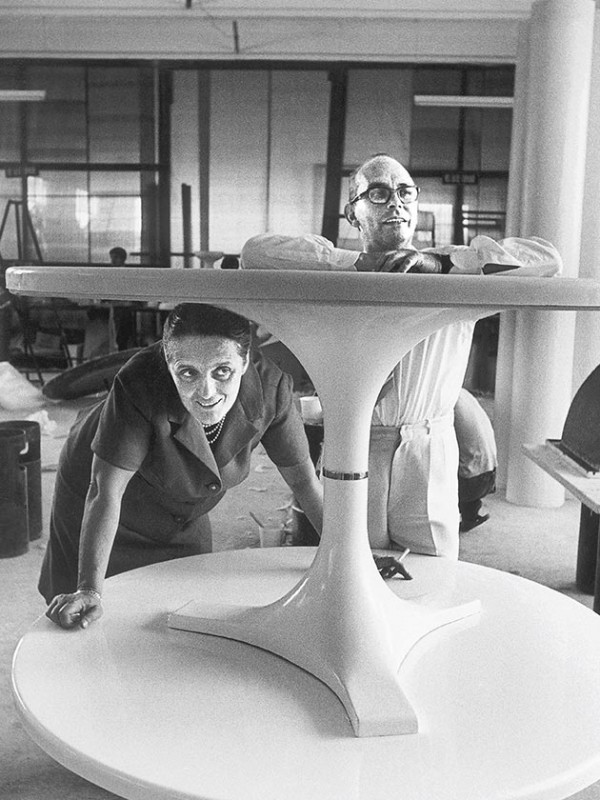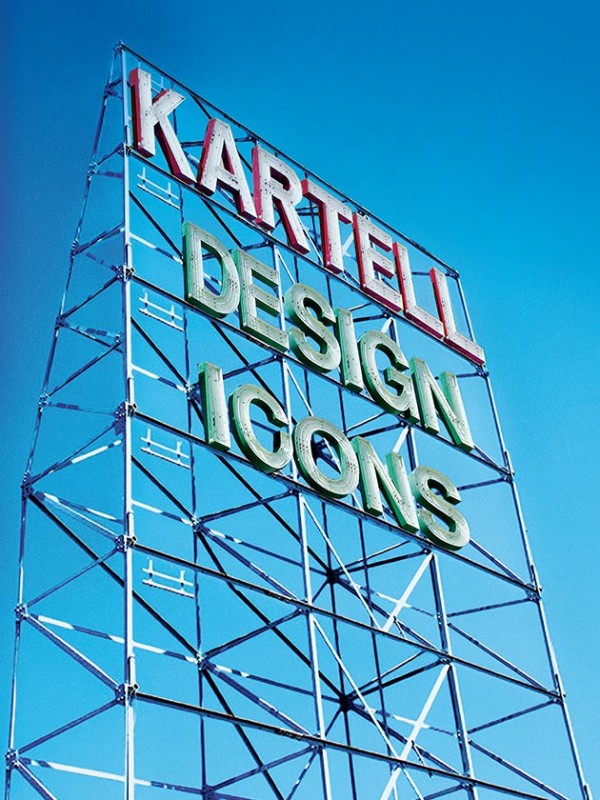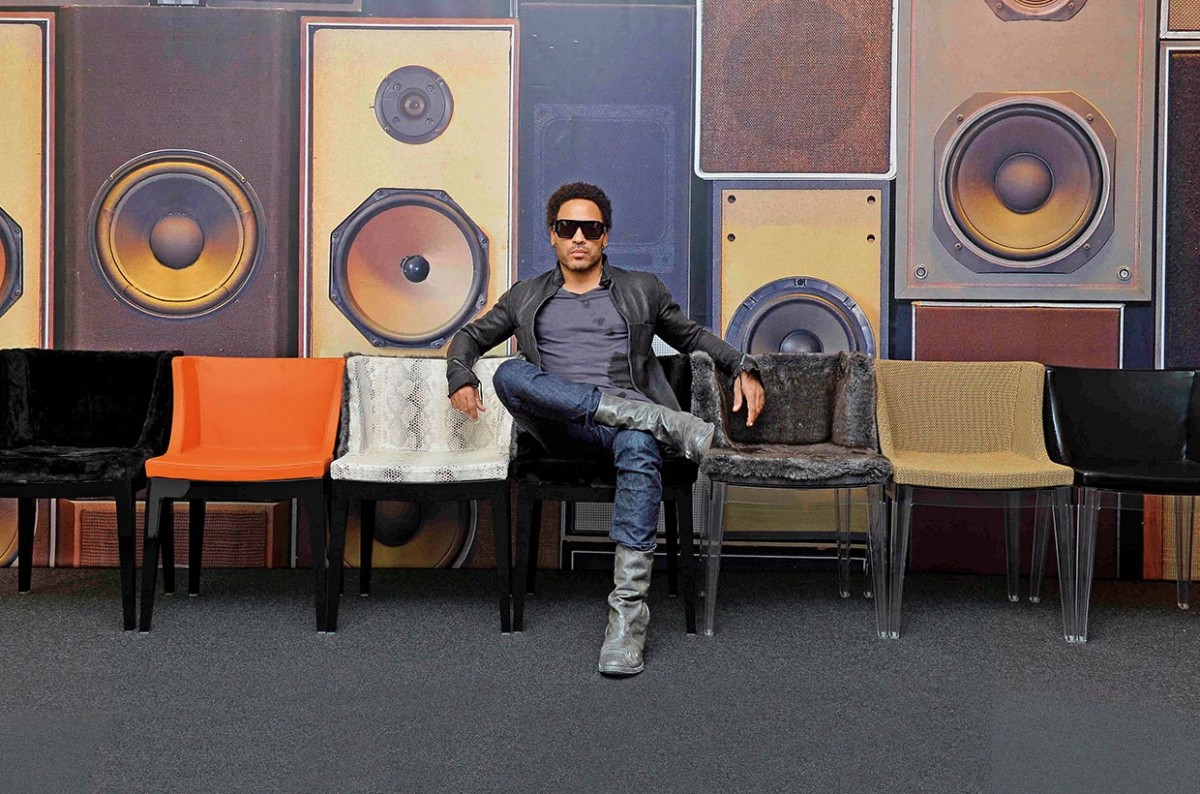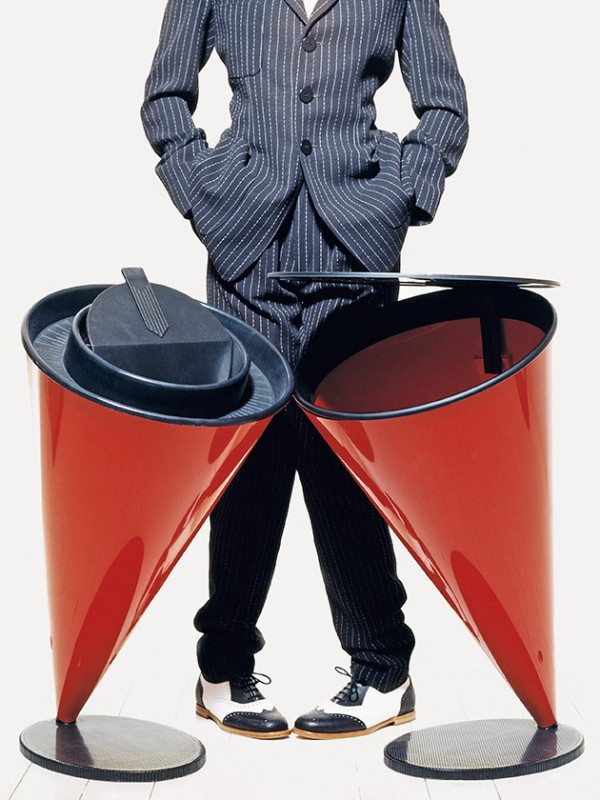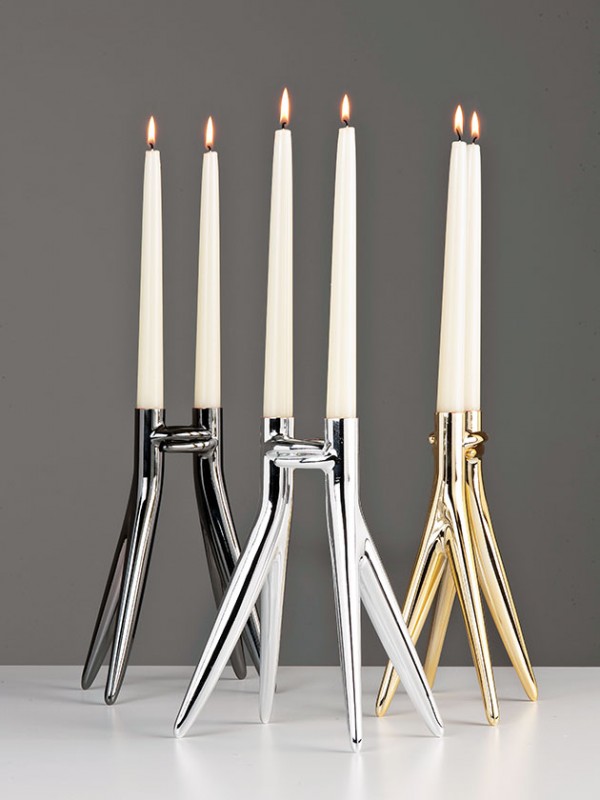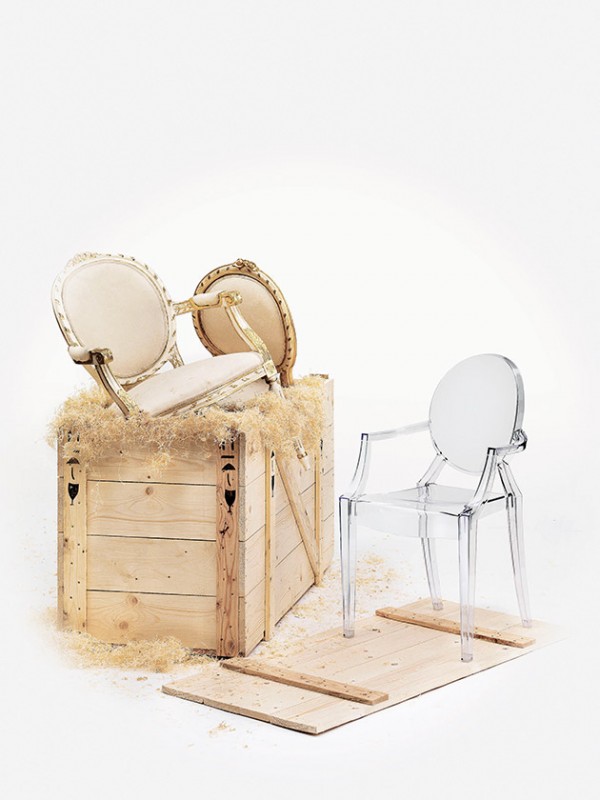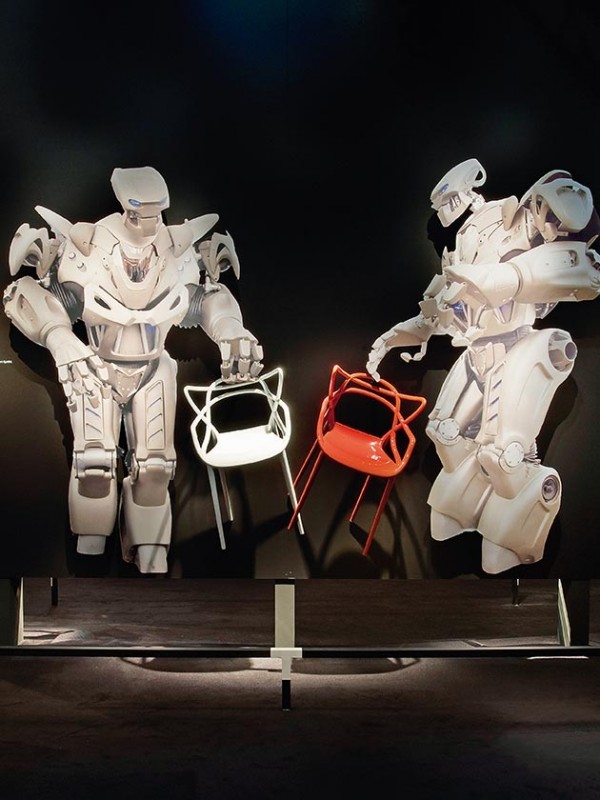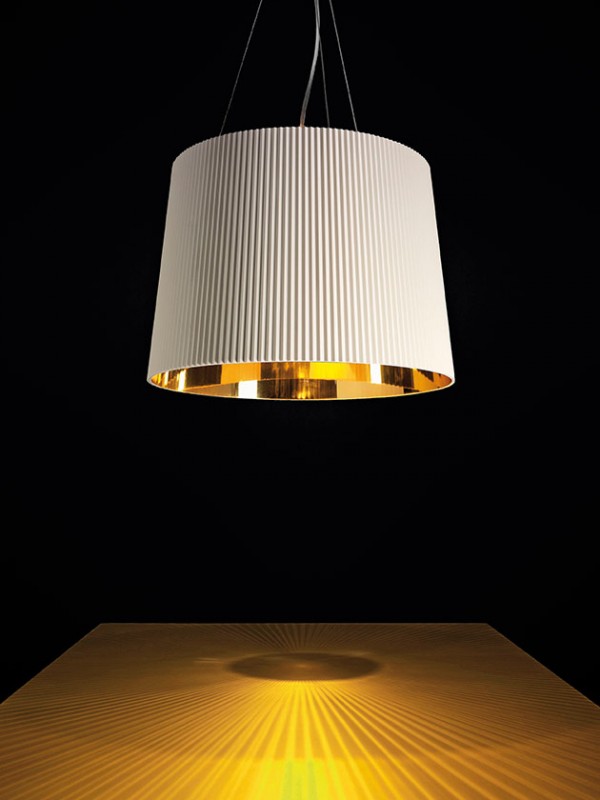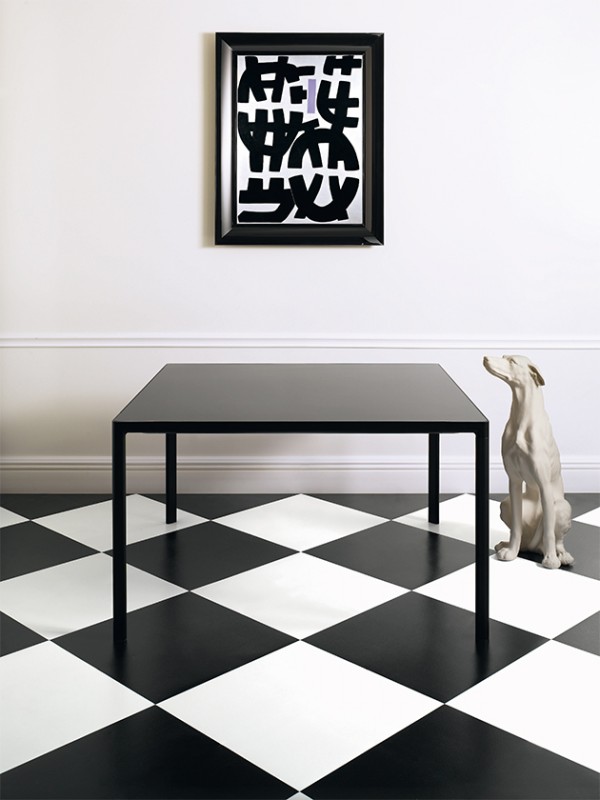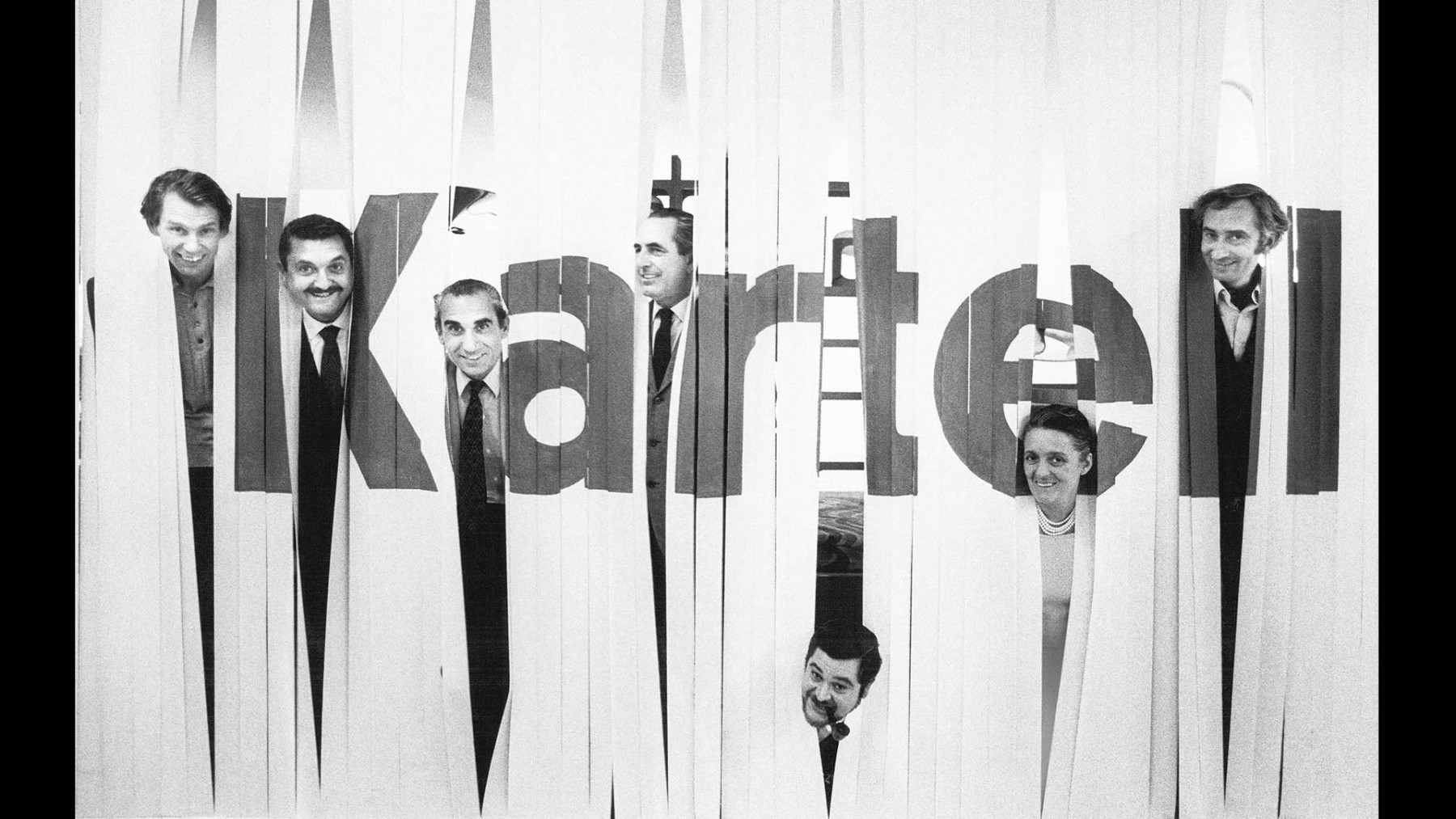Plastic Fantastic! by Uta Abendroth | 10th August, 2014 | Personalities
Made in Italy – these words invoke elegance, casual cool and style. An image that was co-created by the Kartell company, founded in 1949 in Milan, when the colorful plastic products by Castelli & Co. arrived in the austere households of the post-war era. The plastics revolution of the 1960s saw Kartell’s international breakthrough with innovative pieces of furniture, many of which are still considered classics today.
transparent chair with a baroque silhouette. A bookcase that seems to curl up into a spiral. An armchair which looks like it’s as soft as a marshmallow, but proves absolutely solid and robust. It is these seemingly incompatible and opposing characteristics which make furniture by Kartell so attractive and which generate surprise at the Milan furniture trade fair every year. Claudio Luti, the owner of the company since 1988, insists not just on quality, but on outright glamour, for his plastic products. He acquired the relevant know-how in the fashion industry, during his ten years as managing director at Gianni Versace.
“At Kartell, we combine industrial essence with individuality and, thanks to the designers, with a shot of glamour.” Claudio Luti
It all began with a simple ski rack: when chemical engineer Giulio Castelli founded his company Kartell in 1949 in Noviglio near Milan, he started off developing parts for the automobile industry. The flexible strap, with which skis could be attached to a Fiat 500, was the opening chapter in a success story featuring plastics in a vast variety of shapes and chemical make-ups. From 1953 onwards, the company also developed baby baths, buckets, dustpans, carpet beaters and thermos flasks in previously unheard-of, funky colors, as well as lamps in never-before-seen designs. These products heralded the arrival of progress in more or less every Italian household. International success, however, only came in the 1960s and with Anna Castelli Ferrieri, the founder’s wife.
An architect by trade, she designed a new factory for Kartell, and as its art director, a new and fresh product range. Her “componibili” system, which can be used as a cupboard, table, a stool or a shelf, hit the right note with 1960s culture, and turned Kartell into one of the design protagonists of the decade. “Kartell’s secret is that the company has always been very visionary,” says Claudio Luti. “It has always tried to innovate in terms of materials, and to incorporate these into the design or into the development of new projects.”
Claudio Luti has been at the head of Kartell for the past 26 years – he is Kartell. He took over the company from his parents-in-law at a time when plastics had a huge image problem. However, having studied business administration and having acquired expert knowledge on products, strategies, marketing and sales in his time as managing director at Gianni Versace S.p.A., Luti has been elevating the status of plastic as a raw material to new heights. “Many plastic products are designed to be disposable,” says Claudio Luti. “But I object to producing plastics for short-term use only, or for low quality items. Kartell products can be used for at least ten to twenty years. And even today, we are already able to use recycled plastics in many of them.”
“Kartell was the first company to believe in the beauty inherent in plastics, a material both noble and aristocratic.” Philippe Starck
The executive disproved the reputation of plastic as a cheap material right from the start, and not just because of the beauty of his products or their high degree of technical innovation. He started collaborating with many international top designers: Philippe Starck, Antonio Citterio, Alberto Meda, Vico Magistretti, Piero Lissoni, Patricia Urquiola, Ferruccio Laviani, Nendo, Rodolfo Dordoni, Ronan and Erwan Bouroullec…. Objects like Ron Arad’s flexible shelf “Bookworm,” or Philippe Starck’s transparent chair “Ghost” quickly became 20th century style icons. Luti himself decides who he would like to work with – preferably over an extended period of time. “The products are developed collaboratively between entrepreneur and designer. I want to see those I collaborate with often, talk to them over a ‘caffè’, and want to know what they think. That is the only way the designs can mature, and that I can be sure the project will be a success.”
The number of projects is anything but small. This is because Luti is a man who abhors stagnation. “You must never stand still. You have to constantly think about the future. It is not enough that we have had a great amount of fun over the last 26 years and introduced many innovations,” he says. That’s why one of his major objectives was expanding the business, the way he had learned in the fashion industry. “We were successful in Italy, but I recognized that it was important to also have a presence in New York, Tokyo and even in Beijing,” explains Claudio Luti. “These days, everyone is talking about globalization. For me, that has been on the agenda for the last 20 years,” he says. And so, Kartell is currently represented in 126 countries. And it is precisely this marketing concept – with a worldwide presence – that makes working for the Italian family-owned business such an attractive proposition for creatives. Of this, Luti is certain: “Designers like working with Kartell, because it means worldwide exposure.”
Kartell’s extensive collection – furniture, lamps and even ladies’ shoes made of plastics – has never been monolithic, but has always sparkled with stylistic diversity. It contains both opulent and minimalist pieces of furniture, as well as the classics, which have been in production continuously since the 1960s, and re-editions like Joe Colombo’s “Armchair,” which in 1965 was made of plywood, but is today made of plastic. “Baroque or minimalist, I never worry about that,” says Claudio Luti smiling. “After all, in my house, there are antiques right next to furniture by Kartell. The products have to be strong visually. And beautiful!” ua
